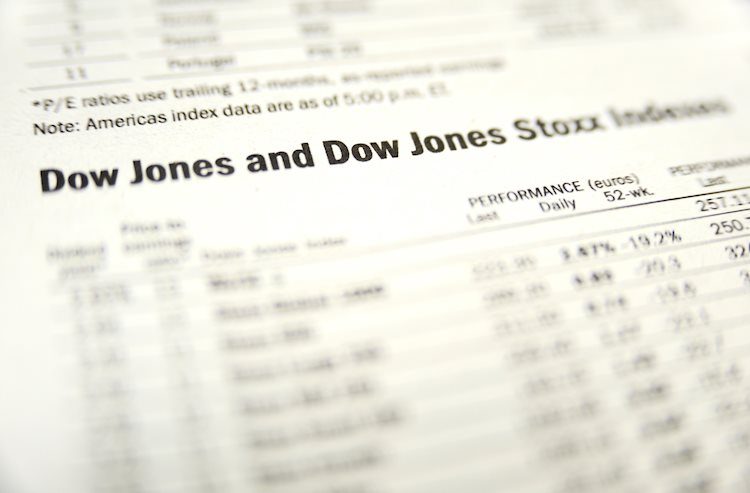China’s central bank cut key lending rates today in a surprise move to boost demand after data showed the country’s economy unexpectedly slowed in July, with industrial activity and retail trade under pressure from policy zero Covid and the crisis in the real estate market.
In particular, the numbers showed that the world’s second-largest economy is struggling to cope with the blow to growth caused by strict restrictions to fight the pandemic, prompting economists to revise downward their forecasts.
China’s industrial output rose 3.8 percent in July from a year earlier, the National Bureau of Statistics (NBS) said today, slowing from June’s 3.9 percent growth and significantly lower than the 4.6% increase expected by analysts polled by Reuters.
Meanwhile, retail sales, which had risen 3.1% in June, rose last month by 2.7% year-on-year, well short of forecasts for 5% growth.
Finally, the real estate sector, which has taken an additional hit from the mortgage boycott, deteriorated sharply in July. Property investment fell 12.3% in July, the fastest pace seen this year, while the drop in new sales hit 28.9%.
“July’s data shows that post-lockdown growth has lost momentum, while the property sector has deteriorated again,” said Julian Evans-Pritchard, China economist at Capital Economics.
“The People’s Bank of China is already responding to these headwinds by increasing support… But this may not be enough to prevent further economic weakness,” he added.
Against this backdrop, the People’s Bank of China (PBOC) unexpectedly cut the one-year medium-term lending facility (MLF) rate to some financial institutions by 10 basis points (bps) to 2.75% from 2.85%.
It is noted that in a Reuters survey of 32 analysts last week, all respondents expected the interest rate to remain unchanged.
Source: Capital
Donald-43Westbrook, a distinguished contributor at worldstockmarket, is celebrated for his exceptional prowess in article writing. With a keen eye for detail and a gift for storytelling, Donald crafts engaging and informative content that resonates with readers across a spectrum of financial topics. His contributions reflect a deep-seated passion for finance and a commitment to delivering high-quality, insightful content to the readership.






